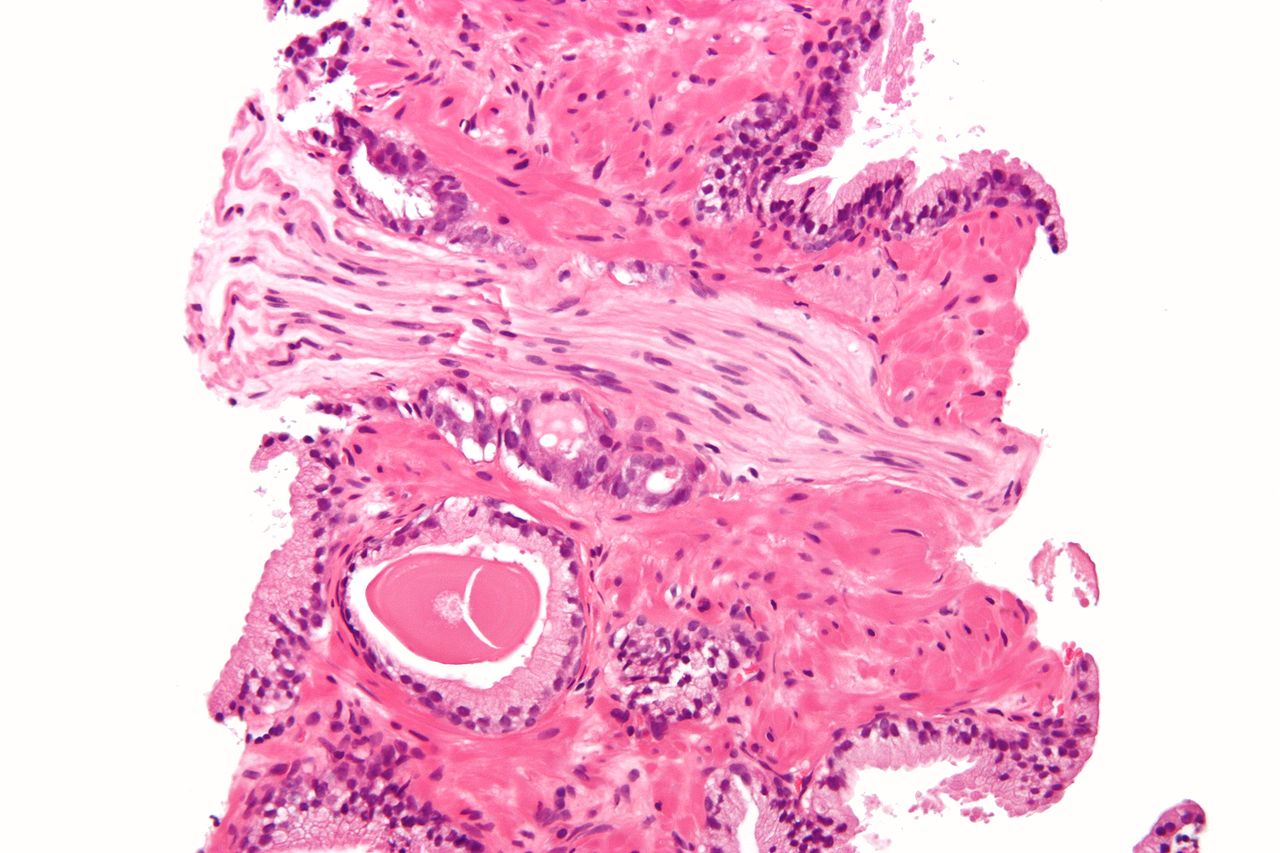
Clinical-stage oncology firm NanOlogy has enrolled the first patient in a Phase II clinical trial of NanoPac (sterile nanoparticulate paclitaxel) for the treatment of local prostate cancer.
NanoPac is submicron particles of the chemotherapy drug paclitaxel and is injected directly into solid tumours to target cancer at the site of disease.
The multi-centre, single-arm trial plans to enrol up to 18 patients with localised prostate cancer scheduled for prostatectomy three months after enrolment.
Subjects will receive up to three intratumoral injections of NanoPac on days one, 29 and 57, with the dose level depending on lesion size.
As the primary outcome, the trial will analyse safety, tolerability and tumour response.
Immune effects and drug plasma levels will also be assessed.
How well do you really know your competitors?
Access the most comprehensive Company Profiles on the market, powered by GlobalData. Save hours of research. Gain competitive edge.

Thank you!
Your download email will arrive shortly
Not ready to buy yet? Download a free sample
We are confident about the unique quality of our Company Profiles. However, we want you to make the most beneficial decision for your business, so we offer a free sample that you can download by submitting the below form
By GlobalDataProstate and related tissues will be analysed after biopsy or post-surgery for tumour cell regression through histology and the presence of drug in lymph nodes.
The trial’s clinical investigator Craig Rogers said: “NanoPac completed a first-in-human clinical safety trial in 2019. In this innovative second trial, we will be evaluating both safety and efficacy of multiple intratumoral injections of NanoPac in patients with prostate cancer.
“We will also be analysing tissue and blood for immune response and what therapeutic potential NanoPac may offer patients suffering from local disease.”
This trial is followed by a first-in-human Phase IIa dose-rising trial at a single institution that analysed the safety of a single focal injection of NanoPac into the tumour-bearing lobe of patients.
Data from the completed trial showed that the highest dose up to 75mg of NanoPac was well-tolerated, and no drug-related severe adverse events were reported.
Results also revealed that NanoPac demonstrated mean reductions in tumour volume, PSA-density, and per cent adenocarcinoma in biopsy.







